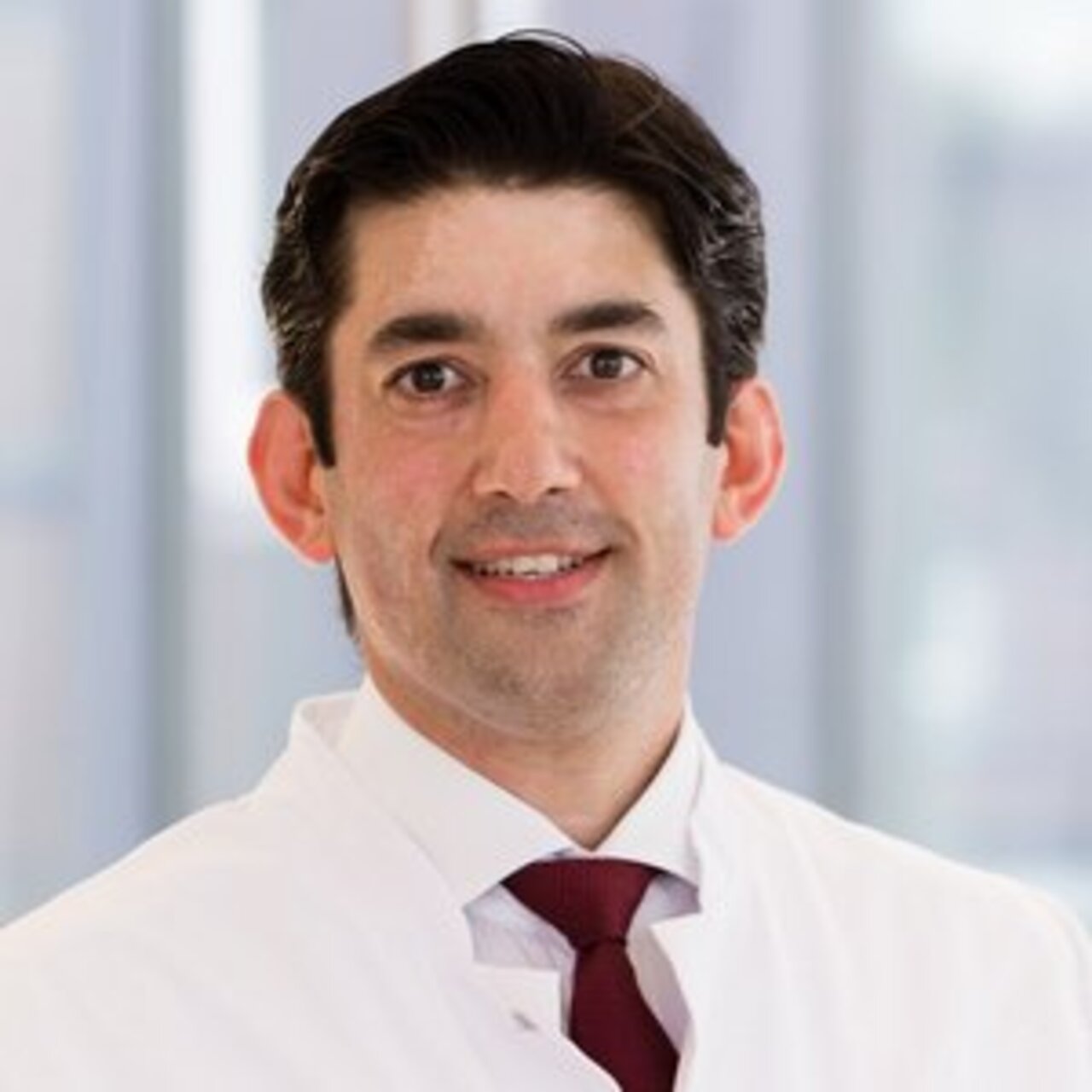Specialists in Heart valve reconstruction
5 Specialists found
Information About the Field of Heart valve reconstruction
Valvular disorders are most frequently diseases of the elderly patients. As modern medicine offers a continuously improving medical care patients grow older and older, which is associated with an increasing number of yearly heart valve disorders. Treatment of valvular disorders can either conserve or replace the valve. Valve replacement involves removal of the innate heart valve and exchanging it with a mechanical prosthesis or a biological valve . The type of therapy preserving the valve is called heart valve reconstruction.
Heart valve reconstruction – what is it?
Heart valve reconstruction involves a procedure to repair the dysfunctional heart valve rather than exchanging it. This can either be done with open heart surgery or sometimes minimally invasive. The methods applied are an attempt to regulate blood flow across the valves and re-establish its innate structure. Generally, reconstruction should always come before exchange, because up to today there are no artificial valves that compare to the durability and functionality of natural heart valves!
When is reconstruction of heart valves necessary?
Disorders of valve function often stay asymptomatic over a long period of time and symptoms manifest only in later stages of the disease. As soon as symptoms are encountered, patients should be treated, because irreversible damage to the heart muscle is already possible in this respective stage of the disease and their life expectancy will therefore decrease.
If the valves are narrowed (= stenosis) and blood can no longer flow across sufficiently, the pressure strain on the heart increases. Patients complain about shortness of breath, edemas and generally decreased performance. However, valve insufficiency refers to heart valves being unable to properly close. This group of patients suffers from troubles breathing, dizziness and stabbing heart pain. Most of the time, the valves of the left heart are affected, because it involves greater blood pressures and therefore higher mechanical wear.
For which valve disorders can valve reconstroction be considered?
Especially mitral valve and tricuspid valve insufficiency have shown promising results after reconstruction procedures. Mitral valve insufficiency represents the most common valve disorder in adults. But also the aortic valve can be reconstructed nowadays.
Which methods for valve reconstruction are available?
There are different methods to reconstruct a damaged heart valve. Which one is used, mostly depends on the exact type and cause of valve disorder.
Balloon valvuloplasty
Balloon valvuloplasty is a minimally invasive procedure by which a heart catheter is forwarded to the heart, where the balloon is inflated in order to stretch the stenotic valve.
Commissurotomy
Commissurotomy refers to a type of open heart surgery. It involves separating valvular portions that have grown together or thickened. However, this method is frequently associated with postoperative valve insufficiency and also relapses are common.
Annuloplasty
Annuloplasty describes a procedure during which a ring-shaped implant supports the valve stability and counteract the insufficiency. With older age, many heart valves show calcifications and by means of annuloplasty these can be removed to improve symptoms.
Mitral valve clip for mitral insufficiency
Implanting a mitral clip is done in a minimally invasive fashion to treat mitral insufficiency. Via a catheter through the groin, the mitral clip is brought to the heart where it re-establishes the function of the leaking mitral valve.
Most of the valve reconstructions are performed as open heart surgery under general anesthesia. The ribcage is opened through the chestbone and the heart is connected to a heart lung machine. Nowadays, a growing number of valve reconstructions can be performed in a minimally invasive technique. It can either be done via a heart catheter or a small incision near the breastbone with the heart pumping. The advantage of the minimally invasive method is that patients recover way quicker and suffer from less pain by wound healing.
In the year 2012, around 5500 patients underwent mitral valve operations at all German heart centers. Of those, 3600 received mitral valve reconstruction and already 60% of these procedures were completed minimally invasive.
2012 wurden in allen deutschen Herzzentren etwa 5500 Patienten an der Mitralklappe operiert. 3600 davon erhielten eine Herzklappenrekonstruktion und wiederum 60% dieser Eingriffe erfolgten bereits minimalinvasiv.
Pros and cons of heart valve reconstruction
Reconstruction of damaged valves does not involve implantation of foreign material. Also the mortality of patients with mitral valve issues is decreased drastically with the procedure. Early reconstruction of damages valves improves life quality as well as life expectancy greatly.
However, all procedures done on heart valves involve are associated with general risks. Thrombosis (vessel occlusion) or lung embolism are a possibility. It’s also possible that the procedure is unsuccessful or even produces a leaking valve. Especially procedures done on the heart can subsequently lead to heart rhythm disorders or inflammation of the inner layer of the heart (endocarditis).
What will happen after the operation?
Following the procedure, most of the time symptoms will improve quite rapidly. Once the surgical wounds have healed, patients are allowed to return to their normal physical activity. But patients should always keep in mind that they are required to undergo regular postoperative checkups by specialists.



![[Translate to English:] PD Dr. med. El-Essawi - Portrait [Translate to English:] PD Dr. med. El-Essawi - Portrait](/fileadmin/_processed_/e/0/csm_El-Essawi-Portrait_977dc73321.jpg)

